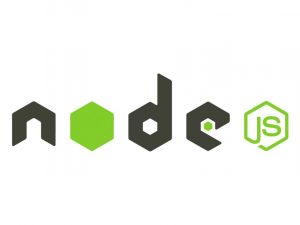Introduction
RxJS, short for Reactive Extensions for JavaScript, is a library for reactive programming using Observables. It’s widely used in web development, particularly with frameworks like Angular, but it can be used in any JavaScript environment. In this tutorial, we’ll cover the basics of RxJS, including Observables, Operators, and Subjects, with practical examples along the way.
Prerequisites
Before we begin, ensure you have the following:
- Basic knowledge of JavaScript.
- Node.js installed on your machine.
- A text editor or IDE of your choice.
Getting Started
To start using RxJS, you need to install it in your project. You can do this via npm:
npm install rxjsOnce installed, you can import RxJS in your project:
import { Observable } from 'rxjs';
import { map, filter } from 'rxjs/operators';Observables
Observables represent data streams that can be observed over time. You can create Observables from various sources like events, promises, or even arrays.
Creating an Observable
Observable from an Array
Operators
Operators are functions that enable you to manipulate, filter, and combine data emitted by Observables.
Map Operator
Filter Operator
Subjects
Subjects are both an Observable and an Observer, allowing you to multicast values to multiple Observers.
Conclusion
This tutorial provided a basic introduction to RxJS, covering Observables, Operators, and Subjects. RxJS is a powerful library for handling asynchronous data streams in JavaScript applications. Experiment with the provided examples and explore more operators and functionalities offered by RxJS to enhance your understanding and leverage its capabilities in your projects.


